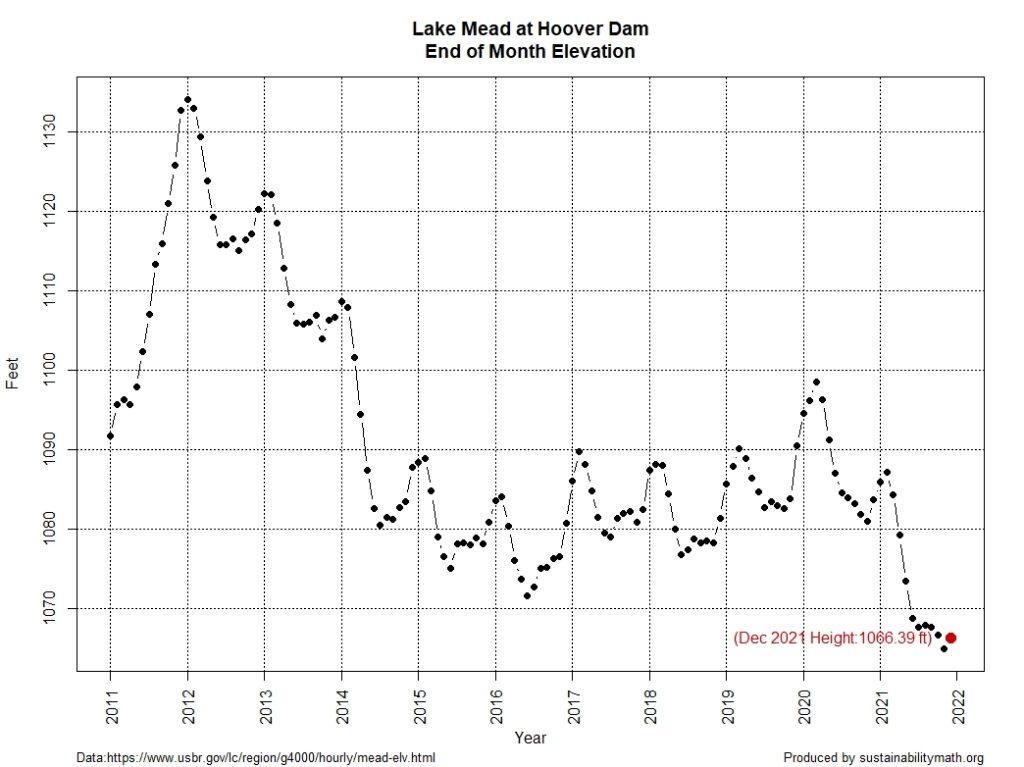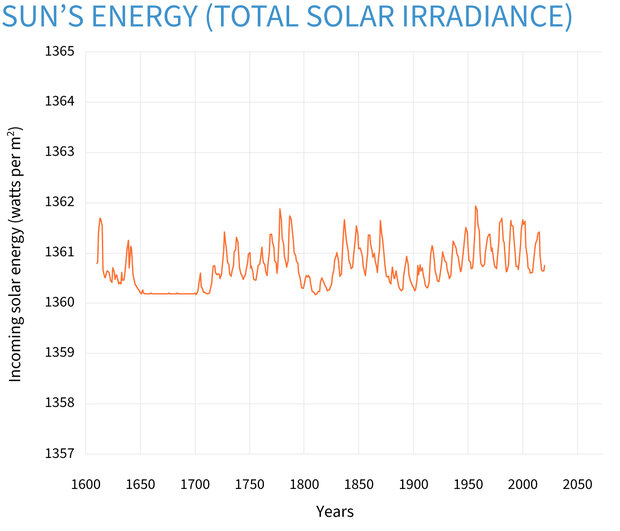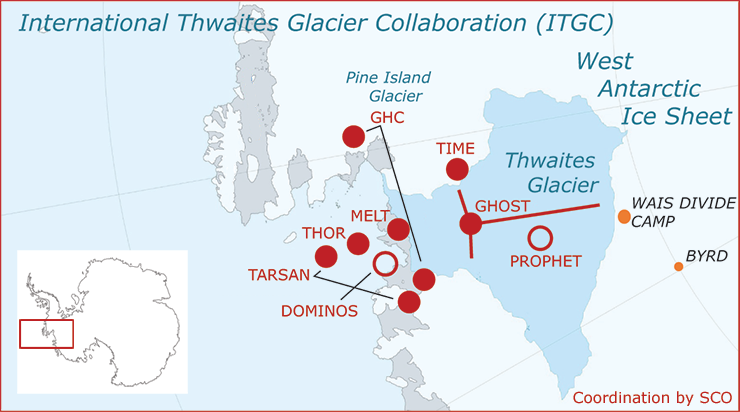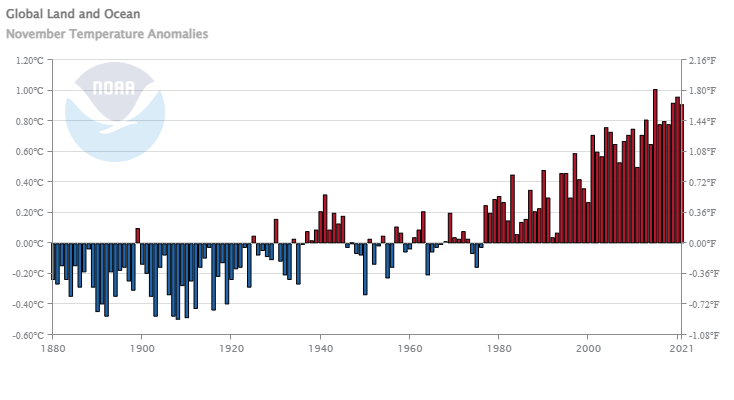The U.S. Census Bureau post U.S. Population Estimated at 332,403,650 on Jan 1, 2022 by Derick Moore (12/30/2021) is a nice summary of the U.S. population. At the bottom there is an interesting graph with, maybe, some surprises. The first is that India is expected to overtake China around 2025. Second is that Nigeria is expected to pull into third place in the 2040s.
How quickly is U.S. population growing?
In January 2022, the United States is expected to experience a birth every nine seconds and one death every 11 seconds. Meanwhile, net international migration is expected to add one person to the U.S. population every 130 seconds.
The combination of births, deaths and net international migration increases the U.S. population by one person every 40 seconds.
Plenty of QL info in the article and links to various clocks, dashboards and data.









